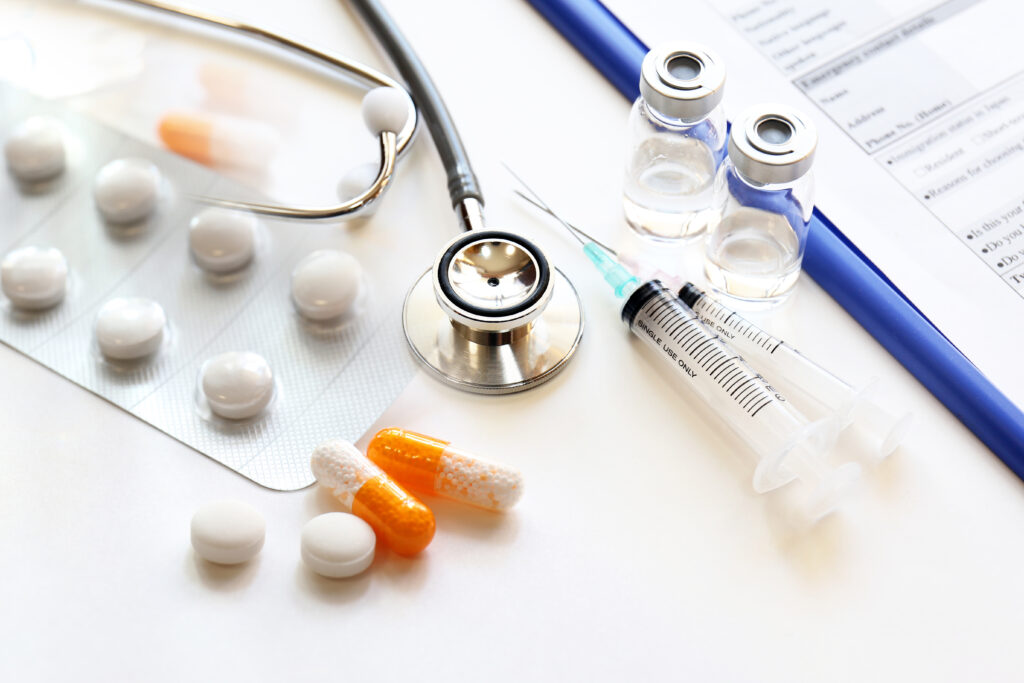Abstract
Background
Biosimilars have been introduced with the goal of competing with high-priced biologic therapies, yet their adoption has been slower than expected and resulted in limited efficiency gains. We aimed to explore factors associated with biosimilar coverage relative to their reference products by commercial plans in the United States (US).
Methods and Data
We identified 1181 coverage decisions for 19 commercially available biosimilars, corresponding to 7 reference products and 28 indications from the Tufts Medical Center Specialty Drug Evidence and Coverage database. We also drew on the Tufts Medical Center Cost-Effectiveness Analysis Registry for cost-effectiveness evidence, and the Merative™ Micromedex® RED BOOK® for list prices. We summarized the coverage restrictiveness as a binary variable based on whether the product is covered by the health plan, and if covered, the difference of payers’ line of therapy between the biosimilar and its reference product. We used a multivariate logistic regression to examine the association between coverage restrictiveness and a number of potential drivers of coverage.
Results
Compared with reference products, health plans imposed coverage exclusions or step therapy restrictions on biosimilars in 229 (19.4%) decisions. Plans were more likely to restrict biosimilar coverage for the pediatric population (odds ratio [OR] 11.558, 95% confidence interval [CI] 3.906–34.203), in diseases with US prevalence higher than 1,000,000 (OR 2.067, 95% CI 1.060–4.029), and if the plan did not contract with one of the three major pharmacy benefit managers (OR 1.683, 95% CI 1.129–2.507). Compared with the reference product, plans were less likely to impose restrictions on the biosimilar–indication pairs if the biosimilar was indicated for cancer treatments (OR 0.019, 95% CI 0.008–0.041), if the product was the first biosimilar (OR 0.225, 95% CI 0.118–0.429), if the biosimilar had two competitors (reference product included; OR 0.060, 95% CI 0.006–0.586), if the biosimilar could generate annual list price savings of more than $15,000 per patient (OR 0.171, 95% CI 0.057–0.514), if the biosimilar’s reference product was restricted by the plan (OR 0.065, 95% CI 0.038–0.109), or if a cost-effectiveness measure was not available (OR 0.066, 95% CI 0.023–0.186).
Conclusion
Our study offered novel insights on the factors associated with biosimilar coverage by commercial health plans in the US relative to their reference products. Cancer treatment, pediatric population, and coverage restriction of the reference products are some of the most significant factors that are associated with biosimilar coverage decisions.
The full study can be viewed at BioDrugs.
Yu, T., Jin, S., Li, C., Chambers, J. D., & Hlávka, J. P. (2023). Factors Associated with Biosimilar Exclusions and Step Therapy Restrictions Among US Commercial Health Plans. BioDrugs, 1-10.

